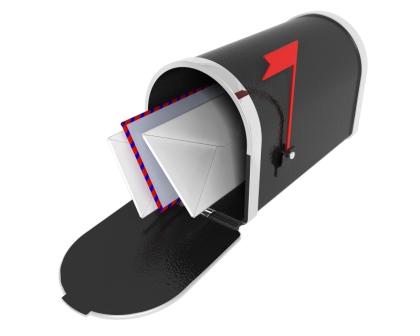 By Lenora Deslandes (Green Marketing & Sustainability Practice, Grossman Marketing Group)
By Lenora Deslandes (Green Marketing & Sustainability Practice, Grossman Marketing Group)
Sustainability and the environment have been my main areas of study for the past three years at Boston University. After speaking with professors about issues and serving as an active member of a wide array of sustainability initiatives on the BU campus, I decided it was important for my development to receive some real-world experience in the sustainability space. After researching businesses that valued and were leaders in sustainability, I was excited to find a home for the summer as an intern for Grossman Marketing Group. One of the many opportunities I have had so far was to attend the Green Business for Innovation Unconference, organized by Environmental Defense, on Monday, June 22.
This conference, or rather, unconference, was different than any other I’ve ever attended. There was no agenda upon arrival. No keynote speaker, no panel of experts. Instead, the topics of each of the 45-minute discussion sessions were decided upon at the beginning by everyone collectively and then led by a volunteer attendee. This may sound like a recipe for chaos, but in fact, it was quite the opposite. In all the sessions I attended (Practical Tools for Sustainability, Greening Small Businesses, and Big Business/Small Business Collaboration) the discussions were freeflowing yet managed to be relevant and interesting. And when the moderator, Odin Zackmin of DIG IN, popped in to give the five-minute warning, the conversation was neatly wrapped up and attendees exchanged contact information.
The tone during the conference was one of shared experiences, advice lending, and support – very different from the cut-throat world of business I had expected to encounter. As so eloquently put by Holly Fowler, senior director of corporate citizenship for Sodexo, “the new competitive advantage is the ability to share what you have done with others. It is no longer exclusivity.”
If there is any embodiment of this new path business is on, it is the unconference. There were about 85 participants representing all areas of business from large corporations like Citizens Bank and Stop & Shop to local activists and small business employees and even interns. Although all participants were different, it was clear from the start that everyone had the same goal: to engage in a meaningful conversation about sustainability issues and how they can be best addressed by businesses combining everyone’s experience and expertise.
Some of my key takeaways were:
- There needs to be a collaborative effort between big and small businesses to share best practices on how to become green
- The need for a central database of information and resources where businesses can connect with each other was repeatedly raised
- It’s important for businesses to motivate people to make green choices to ensure a long-term, sustainable future
The unconference brought to light many obstacles businesses face in addressing sustainability but also made it clear that a future of sustainable business practices being the norm is not only possible but well on its way.
Notes from most of the discussion sessions can be found here.


 Last month,
Last month,  ****Guest post from David Grossman (SVP,
****Guest post from David Grossman (SVP, 